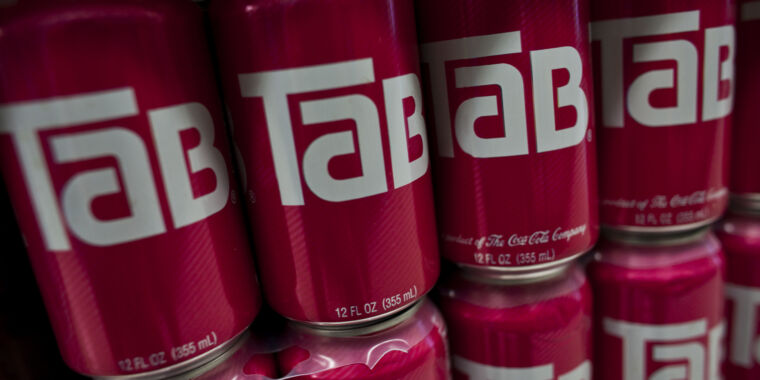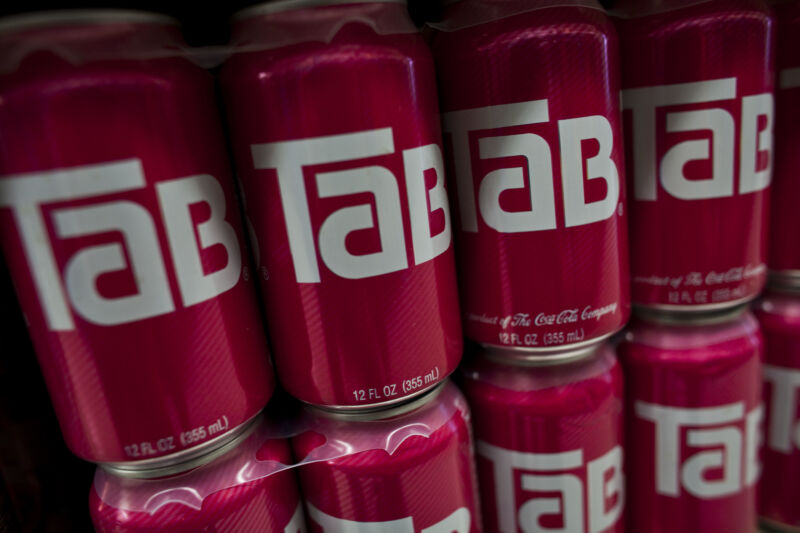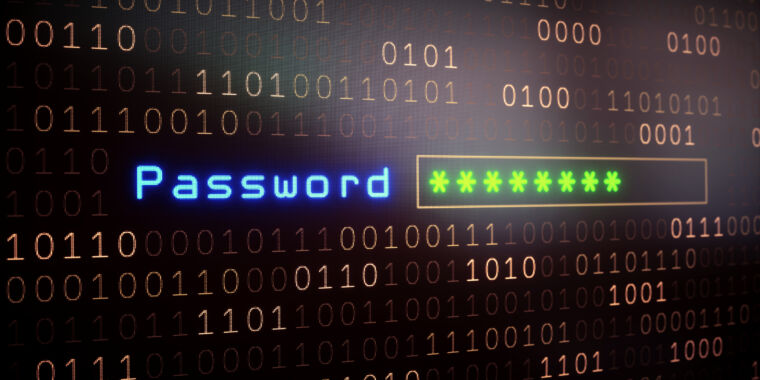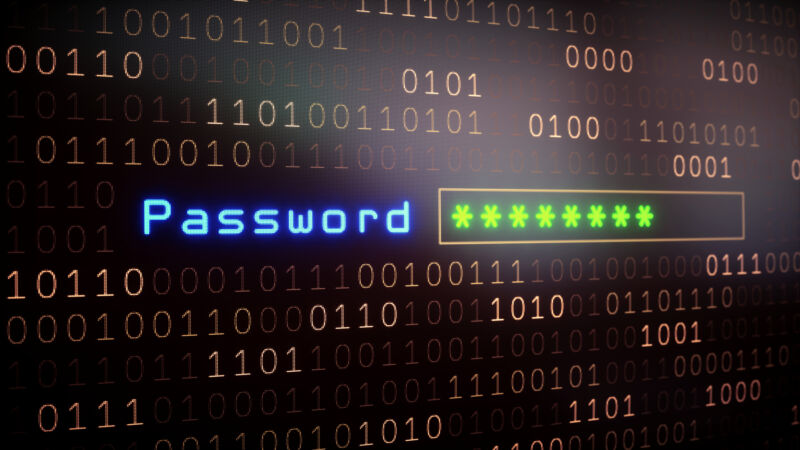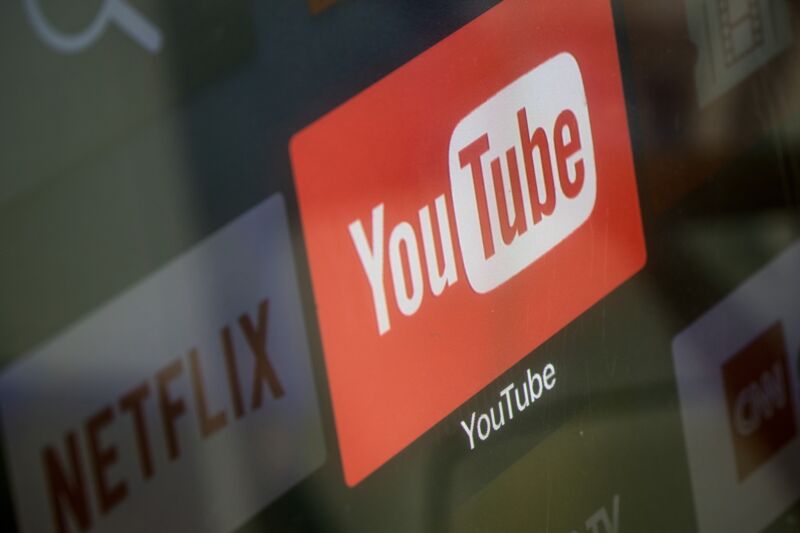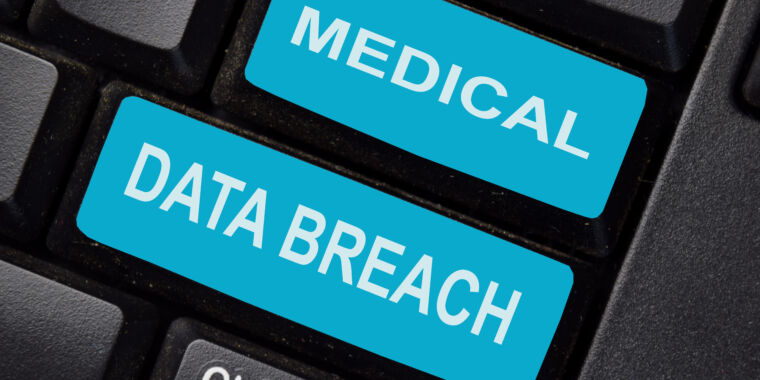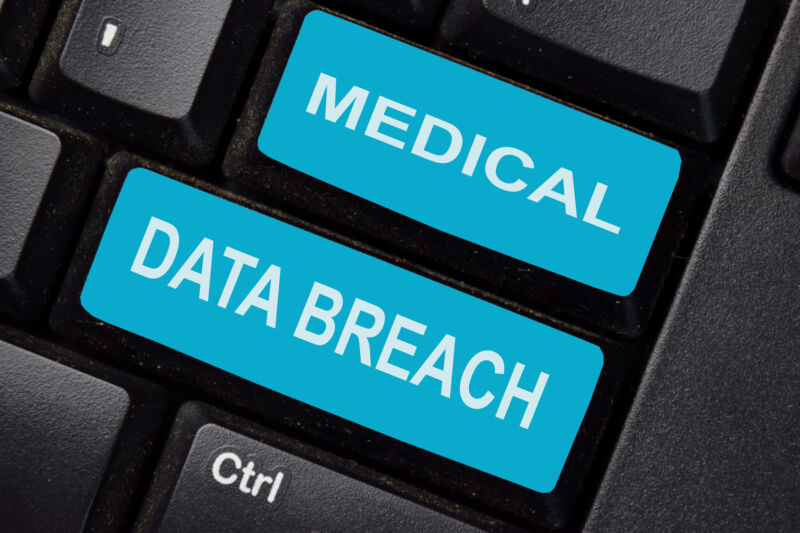Navigating the SEC Cybersecurity Ruling
The latest SEC ruling on cybersecurity will almost certainly have an impact on risk management and post-incident disclosure, and CISOs will need to map this to their specific environments and tooling. I asked our cybersecurity analysts Andrew Green, Chris Ray, and Paul Stringfellow what they thought, and I amalgamated their perspectives.
What Is the Ruling?
The new SEC ruling requires disclosure following an incident at a publicly traded company. This should come as no surprise to any organization already dealing with data protection legislation, such as the GDPR in Europe or California’s CCPA. The final rule has two requirements for public companies:
- Disclosure of material cybersecurity incidents within four business days after the company determines the incident is material.
- Disclosure annually of information about the company’s cybersecurity risk management, strategy, and governance.
The first requirement is similar to what GDPR enforces, that breaches must be reported within a set time (72 hours for GDPR, 96 for SEC). To do this, you need to know when the breach happened, what was contained in the breach, who it impacted, and so on. And keep in mind that the 96 hours begins not when a breach is first discovered, but when it is determined to be material.
The second part of the SEC ruling relates to annual reporting of what risks a company has and how they are being addressed. This doesn’t create impossible hurdles—for example, it’s not a requirement to have a security expert on the board. However, it does confirm a level of expectation: companies need to be able to show how expertise has come into play and is acted on at board level.
What are Material Cybersecurity Incidents?
Given the reference to “material” incidents, the SEC ruling includes a discussion of what materiality means: simply put, if your business feels it’s important enough to take action on, then it’s important enough to disclose. This does beg the question of how the ruling might be gamed, but we don’t advise ignoring a breach just to avoid potential disclosure.
In terms of applicable security topics to help companies implement a solution to handle the ruling, this aligns with our research on proactive detection and response (XDR and NDR), as well as event collation and insights (SIEM) and automated response (SOAR). SIEM vendors, I reckon, would need very little effort to deliver on this, as they already focus on compliance with many standards. SIEM also links to operational areas, such as incident management.
What Needs to be Disclosed in the Annual Reporting?
The ruling doesn’t constrain how security is done, but it does need the mechanisms used to be reported. The final rule focuses on disclosing management’s role in assessing and managing material risks from cybersecurity threats, for example.
In research terms, this relates to topics such as data security posture management (DSPM), as well as other posture management areas. It also touches on governance, compliance, and risk management, which is hardly surprising. Yes, indeed, it would be beneficial to all if overlaps were reduced between top-down governance approaches and middle-out security tooling.
What Are the Real-World Impacts?
Overall, the SEC ruling looks to balance security feasibility with action—the goal is to reduce risk any which way, and if tools can replace skills (or vice versa), the SEC will not mind. While the ruling overlaps with GDPR in terms of requirements, it is aimed at different audiences. The SEC ruling’s aim is to enable a consistent view for investors, likely so they can feed into their own investment risk planning. It therefore feels less bureaucratic than GDPR and potentially easier to follow and enforce.
Not that public organizations have any choice, in either case. Given how hard the SEC came down following the SolarWinds attack, these aren’t regulations any CISO will want to ignore.
Navigating the SEC Cybersecurity Ruling Read More »
